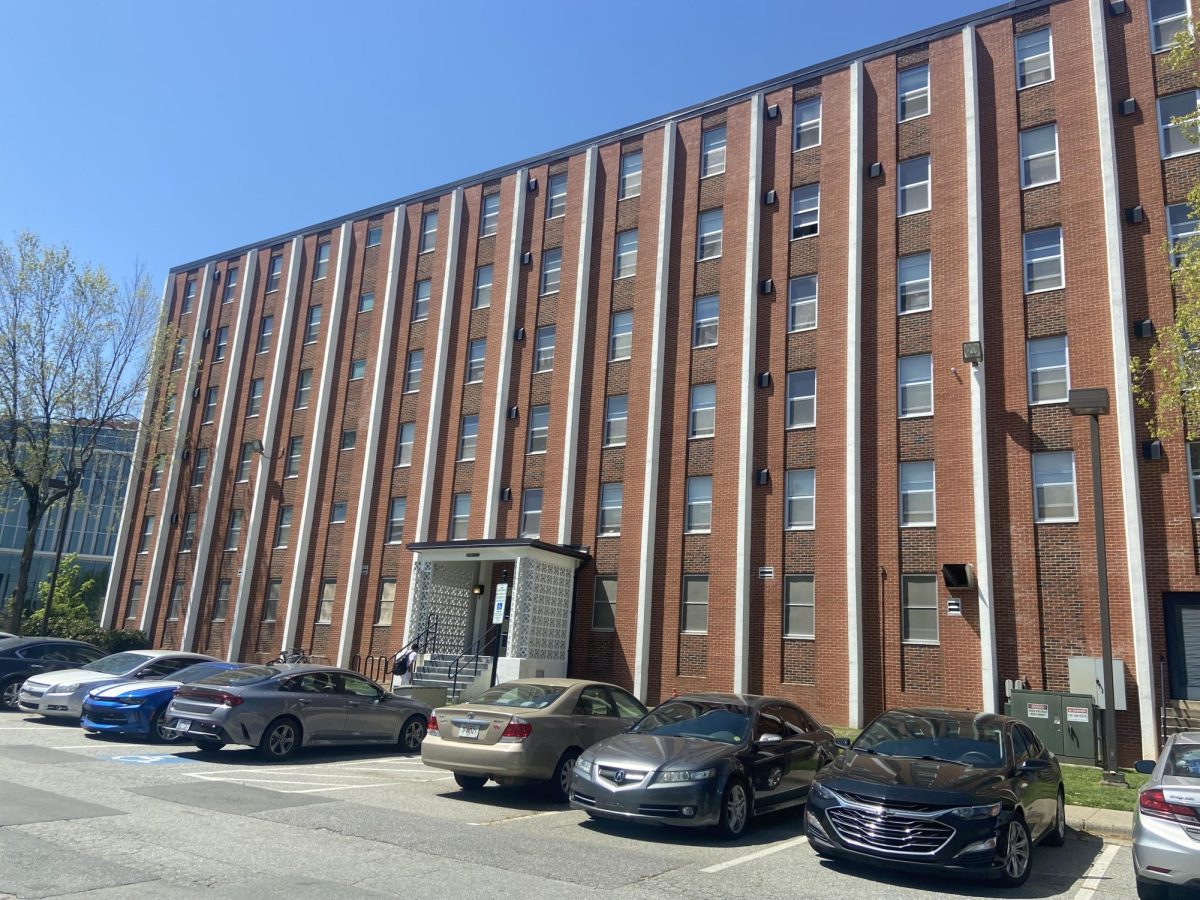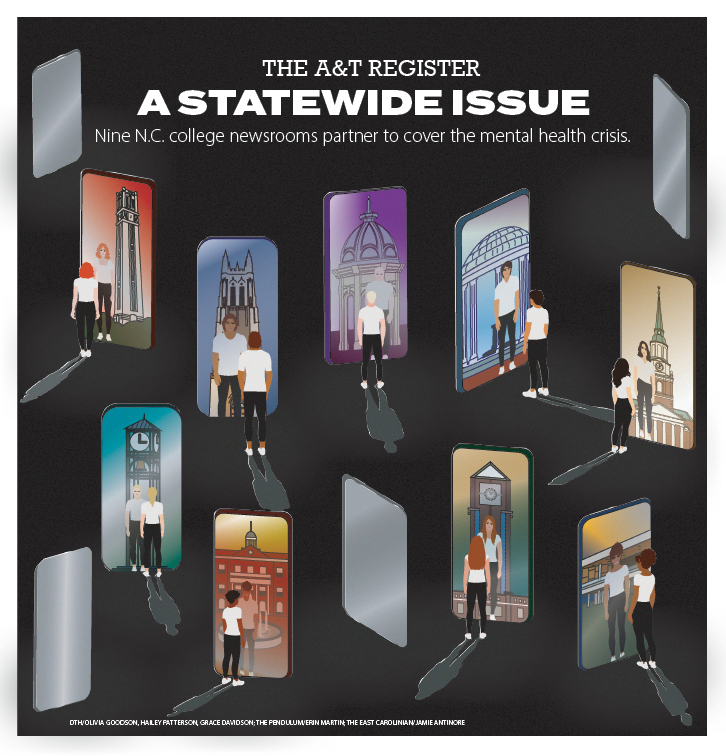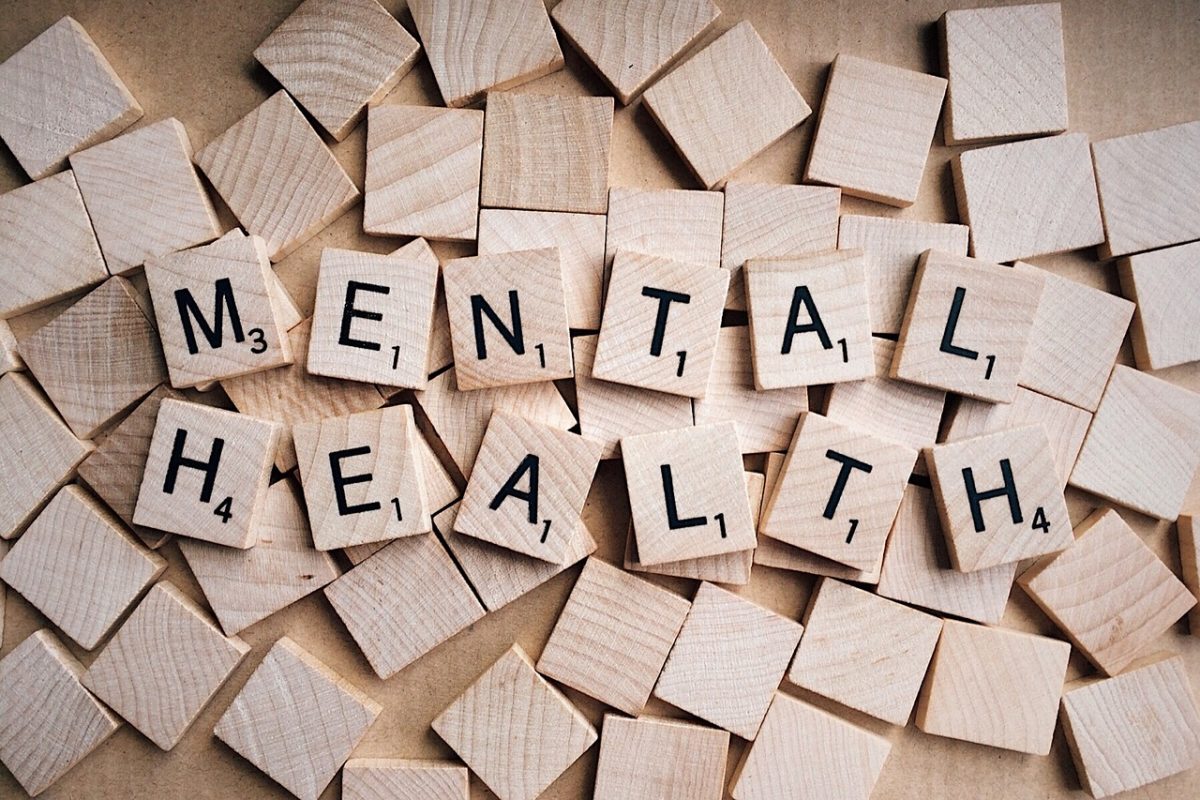Laci Ollison – Word Editor:
In 1619, thousands of Africans were abducted from their homeland and forced to work as slaves in America.
For 246 years, they toiled in the blazing heat, and the penetrating cold until the Thirteenth Amendment of the Constitution abolished slavery. From there, the African American community fought until they gained their full rights as American Citizens.
Today an African American man once considered the lowest classification of a human sits in the White House as President of the United States of America.
Despite being very familiar with the fight for human rights, a majority of the African American community as well as the black church are the biggest non-supporters of gay marriage.
However, the community at large
struggles with “down-low” men and the spread of HIV/AIDS, homosexuality in the black church, and the comparison between the struggle for homosexual rights and the struggle for African American rights.
The term “down-low” is used to characterize men concealing homosexual desires. Masculinity in the African culture was highly valued, as it is today. In 2012, a Gallup survey of 120,000 participants, was released stating that black and African American males make up the largest percent of the LGBTQ community.
Due to their pride and the fear of what their families and communities will say about them, they choose to remain “in the closet.”
According to Neville Hoad in his book “African Intimacies: Race, Homosexuality, and Globalization,” homosexuality was not commonly practiced in certain African cultures. African men were known as builders, heads of tribes, preachers, fathers and husbands, because of the high value of masculinity in these African American men and strong religious viewings. Not only would slave masters rape the women, but they would forcibly have sexual encounters with their slave men as well. Even today, homosexuality is still a crime in 38 African countries.
HIV/AIDS was initially identified as a disease of young homosexual men. In 1981, there were only 29 gay men identified with this disease in the United States, but today it is estimated that there are between 800,000 and 900,000 cases of gay men living with HIV/AIDS. More specifically, there is an approximate 325,000 African Americans infected. Studies show that 46 percent of gay African American men practice, or have practiced unprotected sex.
In the fall of 2010, Bishop Eddie Long, pastor of New Birth Missionary Baptist Church, one of the largest African American churches of the South, was allegedly accused of forcing four young men into sexual relationships.
In 1929, Rev. Adam Clayton Powell Sr. launched a campaign against homosexuality and other “vices” in the African American community. Powell was the pastor of one of the most well-known churches in the United States, Abyssinian Baptist Church in Harlem. Powell said in his autobiography that his motivation for the campaign was to protect the African American family.
According to the U.S. Religious Landscape survey conducted in 2007, approximately 87 percent of African Americans are Christians; therefore, it has been found that African Americans are the biggest non supporters of homosexuals and their rights. But they are most definitely familiar with not having human rights. The battle fought by African Americans and homosexuals has been called a “comparable struggle.” Nevertheless, some point out the fact that African Americans cannot change their race, but homosexuals can choose with whom they sleep. Some also argue that homosexuals were never “slaves or forced into a system designed to keep them in their place.”
For these judgments against homosexuals, African Americans have been called hypocrites. Just as homosexuals feel as if non-supporters are pushing their beliefs onto them, heterosexuals feel the same as well. By fighting for homosexual rights, the LGBTQ community is basically forcing heterosexuals to accept them.
In “The Butter Battle Book,” by Dr. Seuss, the Yooks and the Zooks are two different cultures that live in two different towns separated by a wall. The Yooks liked to butter their bread on the top, while the Zooks liked the bread butter side down. Throughout the story, the Yooks and the Zooks go back and forth, only because of the different preferences of butter side. This book teaches readers that just because a person does something differently, it is not right to chastise them. Homosexuals and non-supporters do not have to accept each other’s beliefs. They simply have to agree to disagree.
Although many African Americans do not agree with homosexuality, it exists within their community. Many African American preachers have tried their hardest to purge their community of these “demons.” Nevertheless the issue cannot be avoided. Homosexuality is and will always be a part of not only the African American community, but also the human race at large.






